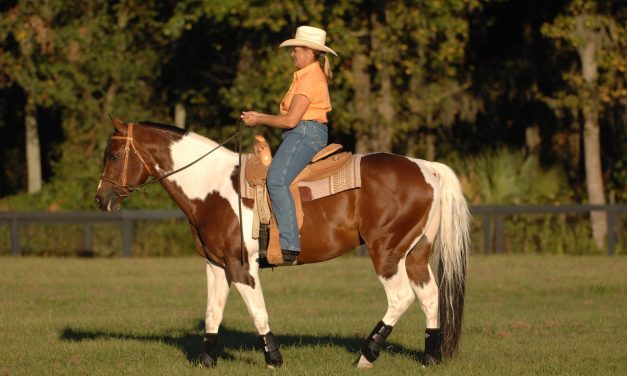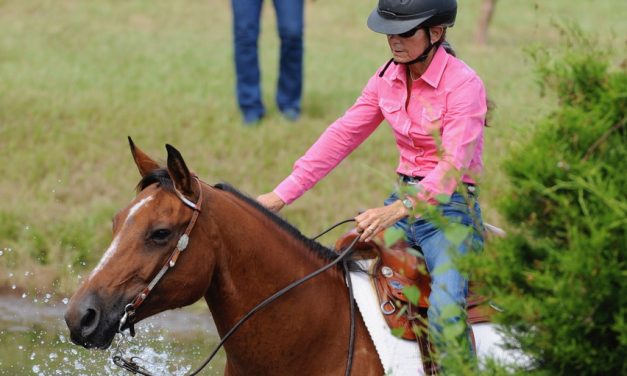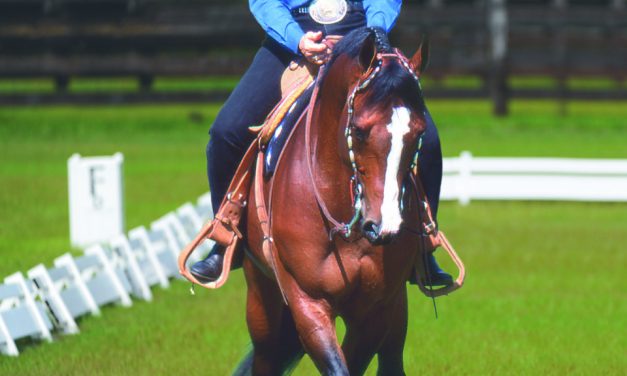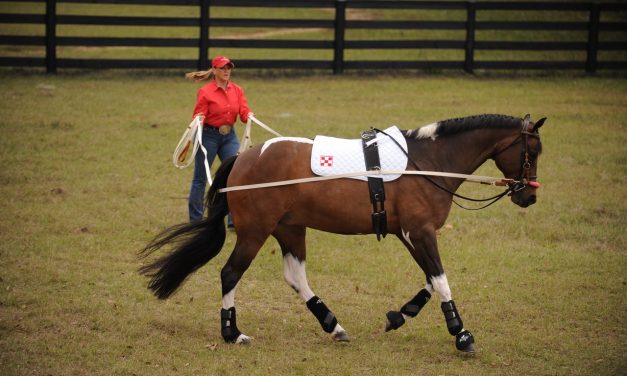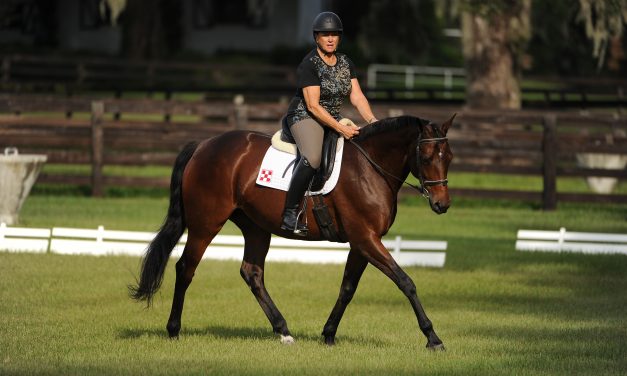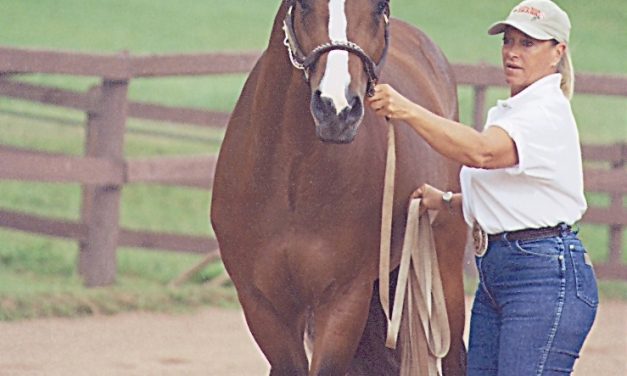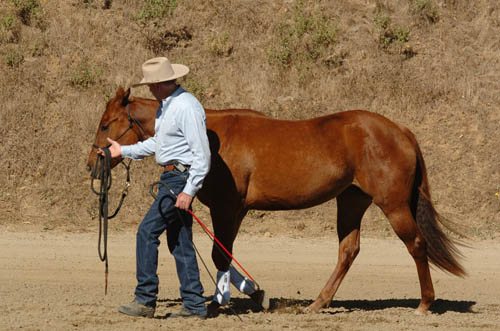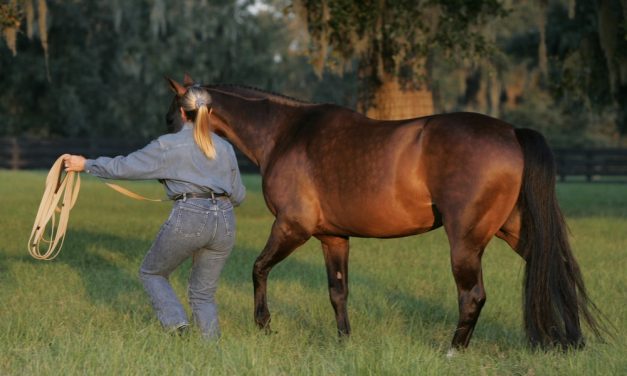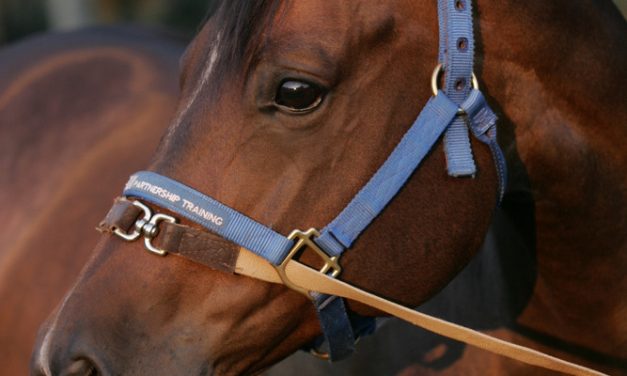Slowing with the Seat
“Slowing with the Seat” is extremely important to accomplish balanced
transitions. The Seat as an aid is also necessary for collective gaits and their
transitions.
There are three aids that we use with our body to communicate with the
horse when riding:

